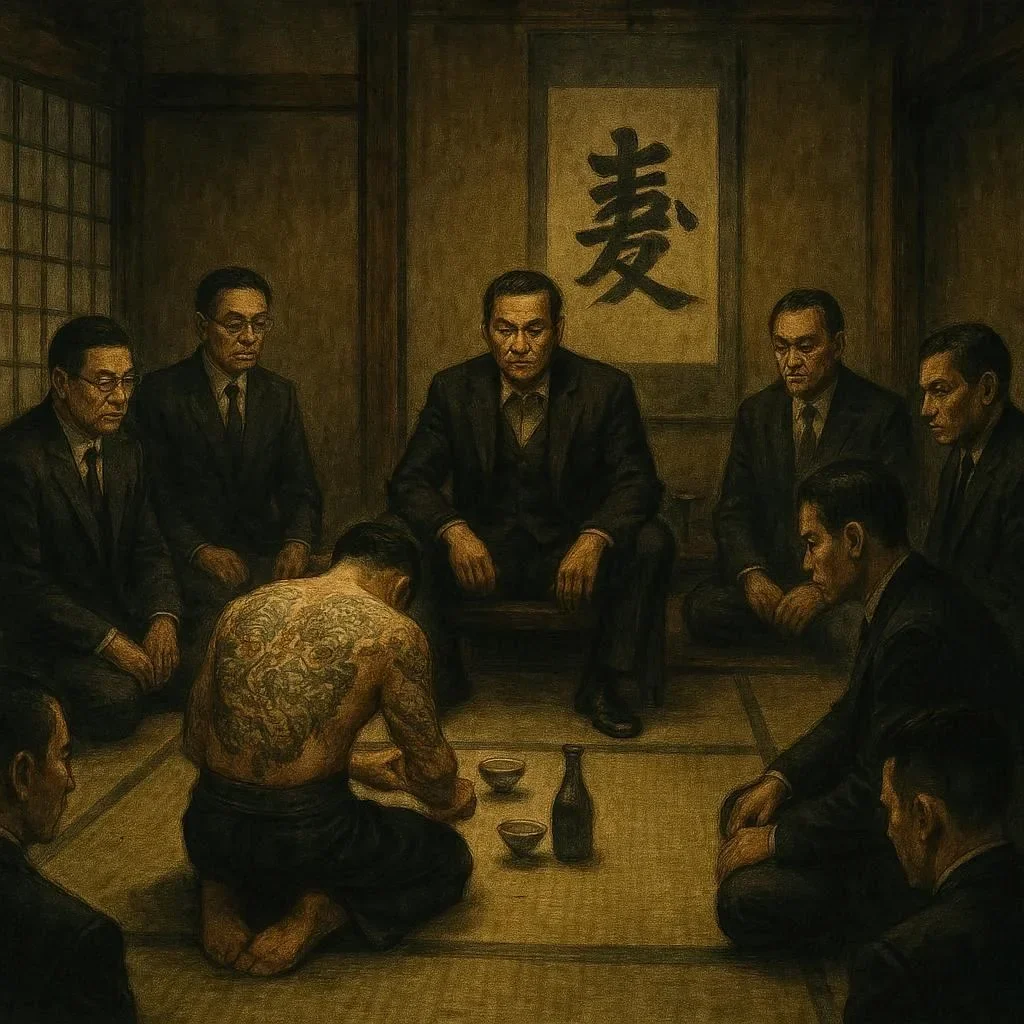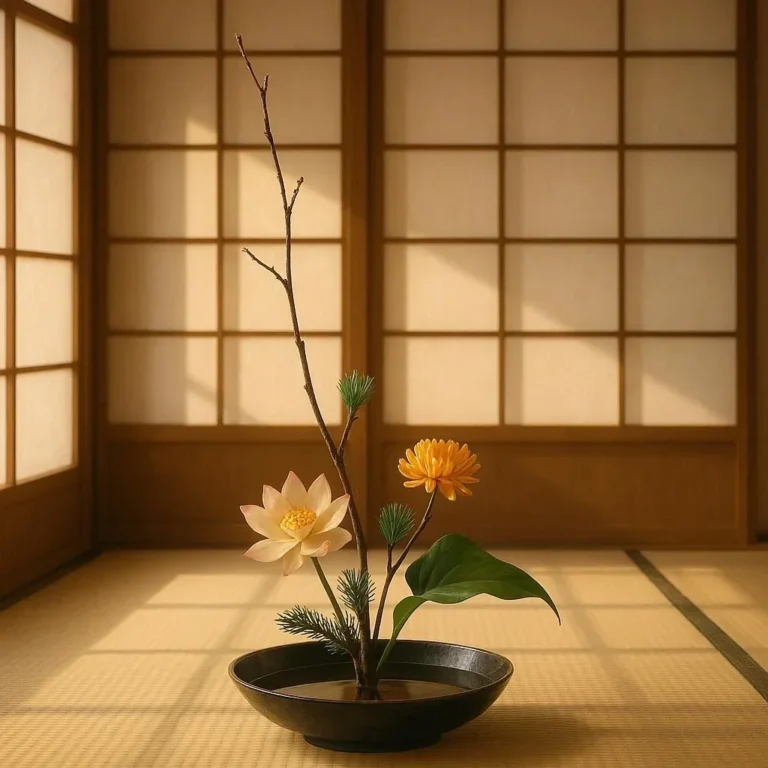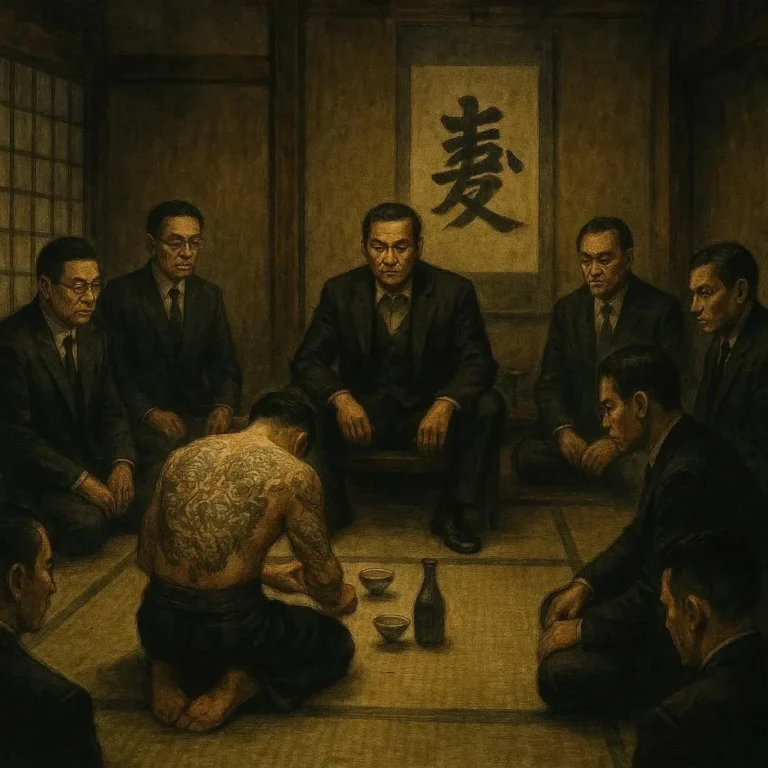505 views The Secret Rituals and Initiation Ceremonies of the Yakuza
The Yakuza, Japan’s infamous organized crime syndicate, has long been shrouded in mystery, with its intricate rituals and initiation ceremonies remaining some of the most secretive aspects of their culture. For decades, the Yakuza has been a subject of both fascination and fear, with their strict code of honor, elaborate tattoos, and powerful hierarchies captivating the imagination of people worldwide. While much of their activities remain hidden from the public eye, some details about their rituals and initiation ceremonies have emerged over the years, offering a glimpse into the inner workings of this enigmatic organization.
In this blog post, we will delve into the secret rituals and initiation ceremonies of the Yakuza, exploring their historical roots, symbolic meanings, and the significance they hold within the organization. By understanding these practices, we can gain a deeper insight into the Yakuza’s code of conduct, their sense of brotherhood, and the enduring allure of their criminal tradition.
The Yakuza: A Brief Introduction
Before diving into the specifics of their rituals, it is essential to understand the Yakuza’s origins and structure. The Yakuza, also known as the Japanese Mafia, traces its roots back to the Edo period (1603-1867), when bands of samurai and gamblers formed the earliest versions of what would become the modern Yakuza. Over time, the organization evolved into a highly structured criminal syndicate with a strict hierarchy, divided into various clans and subgroupings.
The Yakuza is known for its strict code of honor, known as giri and ninjō, which emphasizes loyalty, respect, and the settling of disputes through violence when necessary. The organization is also famous for its elaborate tattoos, or irezumi, which are worn by members as symbols of their status, loyalty, and personal history within the organization.
The Initiation Ceremony: A Ritual of Loyalty and Belonging
The most significant ritual for any aspiring Yakuza member is the initiation ceremony, known as sakazuki. This ceremony is a rite of passage that marks an individual’s formal entry into the Yakuza and their commitment to the organization for life. The sakazuki ceremony is steeped in tradition and is designed to establish a bond of loyalty and trust between the initiate and their superiors.
The ceremony typically takes place in a private setting, often in a teahouse or a specially prepared room within a Yakuza compound. The initiate is expected to dress in formal attire, typically a black suit, and to bring a gift, usually a bottle of expensive sake, as a sign of respect and gratitude to their new mentors.
The ritual begins with the initiate being led into the room by a senior member of the organization, who presents them to the gathered members. The initiate then kneels in seiza position, a traditional Japanese kneeling posture, and offers a formal bow to the room. This act of respect is a crucial part of the ceremony, as it demonstrates the initiate’s willingness to submit to the authority of the organization.
Following the bow, the initiate is presented with a sake cup, which they are expected to drink in its entirety. The act of sharing sake is a deeply symbolic gesture in Japanese culture, representing a bond of trust and unity. In the context of the Yakuza, the act of drinking sake from the same cup signifies the initiate’s acceptance into the group and their commitment to uphold the organization’s code of honor.
After the sake has been consumed, the initiate is presented with a formal certificate, known as a keppan, which serves as proof of their membership within the Yakuza. The keppan is a highly valued document, and it is often kept in a safe place, as it represents the initiate’s new identity as a member of the organization.
The Blood Oath: A Bond of Loyalty
In addition to the sakazuki ceremony, many Yakuza initiation rituals include a blood oath, known as yubitsume. This rite is a graphic demonstration of an individual’s commitment to the organization and is often used to seal their loyalty. The yubitsume ceremony involves the initiate cutting off the tip of their little finger, typically using a sharp knife or sword, and presenting it to their superior as a symbol of their devotion.
The practice of yubitsume has its roots in the Edo period, when it was used as a means of atonement for a member’s misdeeds or as a way to demonstrate loyalty to their leader. Over time, it became an integral part of the Yakuza’s initiation rituals, serving as a physical representation of a member’s willingness to sacrifice themselves for the organization.
The yubitsume ceremony is often conducted in a highly ritualized manner, with the initiate being given a small, ceremonial knife and a piece of cloth to wrap the severed fingertip. The initiate is expected to perform the act with minimal pain and without flinching, as any sign of weakness could reflect poorly on their character.
Once the fingertip has been severed, it is placed in a small container and presented to the initiate’s superior, who accepts it as a token of their loyalty. The initiate is then bandaged, and the wound is allowed to heal, leaving a permanent scar as a reminder of their commitment to the organization.
The Hierarchical Structure: A Code of Respect
The Yakuza’s hierarchical structure is another key aspect of their culture, with members organized into a strict ranking system that dictates their roles and responsibilities within the organization. This hierarchy is reinforced through various rituals and ceremonies, which serve to strengthen the bonds of loyalty and respect among members.
At the top of the hierarchy is the oyabun, or father figure, who serves as the leader of the organization. The oyabun is responsible for making key decisions, mediating disputes, and maintaining the organization’s overall direction. Below the oyabun are the waka gashira, or younger brothers, who serve as senior members and advisors. These individuals are responsible for overseeing the day-to-day operations of the organization and ensuring that members adhere to the Yakuza’s code of honor.
At the bottom of the hierarchy are the kobun, or child figures, who are the newest and most junior members of the organization. These individuals are expected to demonstrate their loyalty and dedication through a series of tasks and rituals, which are designed to test their commitment and worthiness for membership.
The Rituals of Daily Life: Reinforcing Loyalty and Discipline
In addition to the initiation ceremony, the Yakuza’s daily life is filled with various rituals and practices that reinforce the organization’s code of honor and discipline. These rituals are designed to strengthen the bonds of brotherhood among members and to ensure that individuals remain committed to the organization’s goals.
One of the most common rituals in Yakuza daily life is the asagoro, or morning prayer. This ritual involves members gathering at the start of each day to pay respects to the organization’s leaders and to reaffirm their commitment to the Yakuza’s code of honor. During the asagoro, members typically perform a series of bows and recite a set of vows, which serve as a reminder of their duties and responsibilities.
Another important ritual is the sokoto, or monthly meeting, which brings together members from different ranks to discuss organizational matters and to settle disputes. These meetings are often conducted in a formal setting, with members expected to demonstrate respect and deference to their superiors. The sokoto serves as an opportunity for members to strengthen their relationships and to reinforce their commitment to the organization.
The Decline of Traditional Rituals in Modern Times
While the Yakuza’s rituals and initiation ceremonies remain an important part of their culture, there has been a decline in their observance in modern times. As Japan has become increasingly Westernized, the traditional practices of the Yakuza have come under threat, with younger members often opting for more modern approaches to conducting business and resolving disputes.
The decline in traditional rituals has been further accelerated by the increased scrutiny of law enforcement agencies, which have sought to disrupt the Yakuza’s activities and undermine their influence. As a result, many Yakuza members have been forced to adopt more discreet practices, with some organizations abandoning certain rituals altogether in an effort to avoid detection.
Despite this decline, the Yakuza’s traditional rituals and initiation ceremonies continue to hold a significant place in the organization’s culture. For many members, these practices are a source of pride and identity, serving as a reminder of their commitment to the organization and its code of honor. As the Yakuza continues to evolve in response to changing times, it is likely that their rituals will also adapt, ensuring their survival in an increasingly challenging environment.
Conclusion
The secret rituals and initiation ceremonies of the Yakuza offer a fascinating glimpse into the inner workings of Japan’s most infamous organized crime syndicate. From the sakazuki ceremony to the blood oaths and hierarchical structures, these practices are deeply rooted in tradition and serve to reinforce the organization’s code of honor and loyalty.
While the Yakuza’s traditional practices may be declining in modern times, their significance remains undiminished, as they continue to play a crucial role in defining the organization’s identity and sense of purpose. For those who are fascinated by the Yakuza’s mysterious and often brutal world, their rituals offer a unique window into a culture that is both captivating and deeply entrenched in tradition.
Ultimately, the Yakuza’s rituals and initiation ceremonies are a testament to the enduring power of tradition and the unyielding commitment of those who choose to follow this path. Whether one views the Yakuza as a criminal organization or a misunderstood brotherhood, there is no denying the profound impact that their rituals have had on their members and the world around them.






